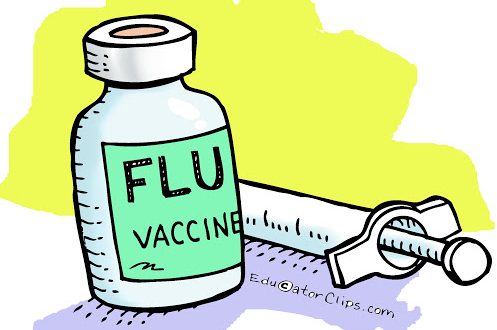 by Dr Jenny Alexander
by Dr Jenny Alexander
Having unprotected sex can put you at risk of sexually transmitted infections, or STIs.
Among those at high risk of STIs are young people, men who have sex with men, and middle-aged people who have started dating again after separation or divorce.
The more casual partners you have, the greater your risk. And if your partner has had casual, unprotected sex with other partners, or has had sex with someone who uses intravenous drugs, your risk will be increased. Having unprotected sex while travelling in some overseas countries will also increase your risk.
To decrease your risk of STIs, protect yourself by always using condoms.
Typical symptoms of STIs include discharge, pain during urination, and sores, blisters or rashes in the genital area. However, sometimes there are no symptoms at all, and that is why having an STI check, arranged by your GP, is important.
During a sexual health consultation, your GP may need to ask some questions to help decide exactly what tests need to be done.
Chlamydia is the most common STI, but often has no symptoms. It can have serious complications, including pelvic inflammatory disease in women, which can in turn lead to infertility. For these reasons, all sexually active people aged between 15 and 29 years should have an annual chlamydia screening test. This can be done with a simple urine test.
Other STIs are detected by using swabs to collect specimens, or by blood tests. Chlamydia, gonorrhoea, syphilis, hepatitis B and HIV are the STIs most commonly tested for, but others may be on the list as well, depending on individual circumstances and symptoms.
In Australia, 80 per cent of new HIV infections, and more than 90 per cent of syphilis and gonorrhoea infections are diagnosed in men who have sex with men. All men who have sex with men should have STI testing at least once a year, and up to four times a year in some situations. Men who have sex with men are also eligible for some government-funded vaccines.
Women who have sex with women have the same rate of STIs as heterosexual women.
For people at high or medium risk of contracting HIV, preventative treatment is now available, in the form of a tablet that is taken daily. This is known as pre-exposure prophylaxis, or PrEP.
If tests show that you do have an STI, you will need to see your doctor in person to discuss the results and to arrange treatment and follow-up. You will also need to discuss how your current and recent previous sexual partners can be notified so that they can be tested and treated too.
For more information, talk to your GP, or see the Melbourne Sexual Health Centre website, at www.mshc.org.au




